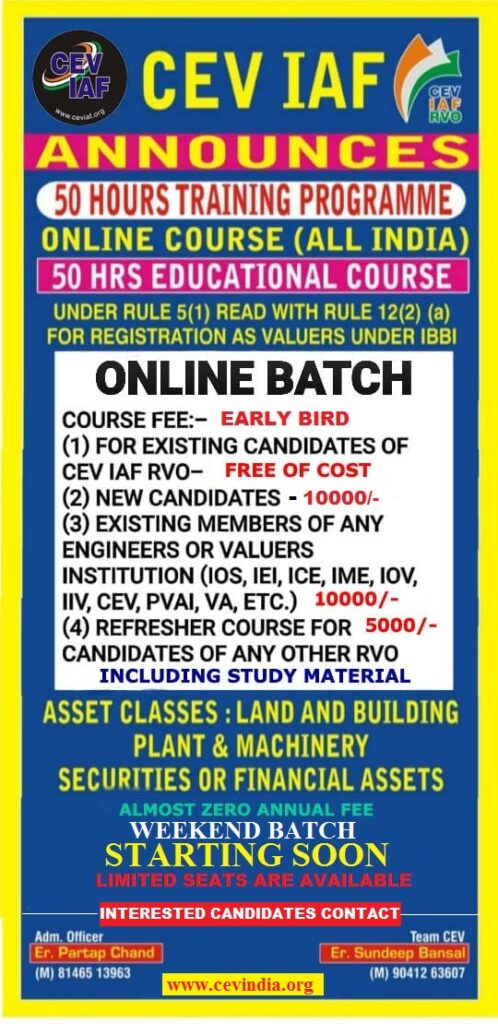METHODS OF VALUATION FOR LANDS WITH BUILDINGS
Valuation is the process of estimating the market value of an asset, such as real estate, stocks, bonds, or other financial instruments. The purpose of valuation is to determine the fair market value of an asset based on several factors, such as its intrinsic value, supply and demand, economic conditions, and other market factors.
Valuation methods vary depending on the type of asset being valued. For example, when valuing real estate, common methods include the sales comparison approach, income approach, and cost approach. When valuing stocks or bonds, common methods include the discounted cash flow analysis, relative valuation, and the dividend discount model.
Valuation is important for investors, appraisers, and other financial professionals who need to make informed decisions about buying, selling, or holding assets. It’s also important for businesses that need to value their assets for accounting, tax, or financial reporting purposes.
However, it’s important to note that valuation is not an exact science, and different methods can produce different results. Therefore, it’s important to use multiple methods and to take into account all relevant factors when valuing an asset.
There are several methods that can be used to value lands with buildings. Here are some of the most commonly used methods:
- Sales Comparison Approach: This method involves comparing the subject property to similar properties that have recently sold in the same or similar location. The value of the subject property is then estimated based on the sales prices of the comparable properties.
- Income Approach: This method is used when the property generates income, such as rental income. The value of the property is estimated based on the income it generates, using methods such as capitalization rate or discounted cash flow analysis.
- Cost Approach: This method involves estimating the cost of rebuilding or replacing the building, and then deducting any depreciation that may have occurred due to wear and tear or obsolescence. The value of the land is then added to the depreciated cost of the building to arrive at the total value of the property.
- Residual Method: This method is commonly used when the property is being developed or redeveloped. It involves estimating the total value of the completed development, subtracting the cost of development, and then allocating the remaining value to the land and existing buildings.
- Gross Rent Multiplier Method: This method involves dividing the sales price of a property by its gross annual rental income to arrive at a gross rent multiplier. This multiplier can then be applied to the gross rental income of the subject property to estimate its value.
It’s important to note that different methods can produce different results, and a combination of methods may be used to arrive at a more accurate valuation.
FOR MANY MORE UPDATES AVAILABLE CLICK BELOW
CLICK THE BELOW LINK TO READ THE COMPLETE CONTENTS
SOME CONTENTS OF THIS WEBSITE ARE FOR GOLD SUBSCRIBERS ONLY.
Join us as a GOLD SUBSCRIBER and get access to read important books.
KIND ATTENTION
We are going to close all what’s groups of CEV soon due to difficulties in posting information or message in more than 5 groups of CEV at a time.
All future posts of empanelment notices & professional importance will be shared on
1. https://t.me/+dbHNkNO22xsyYTY1
2. www.valuerworld.com
3. The Twitter handle of CEV India
https://twitter.com/cevindia?t=XbqlvnwUVz1G3uPgs749ww&s=09
after closing the groups.
All members of these groups are requested to register themselves at the following link immediately for Getting all related timely updates.


